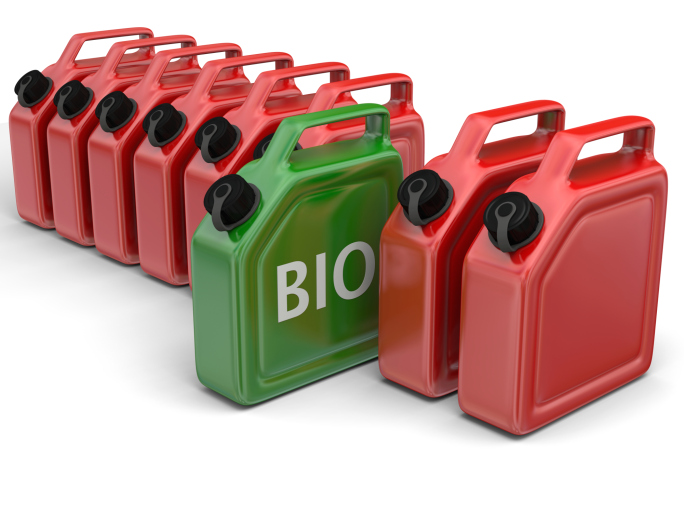Energy
EPA Proposes New Mandate for Biofuels (KIOR, GEVO, SZYM, CDXS, AMRS)
Published:
Last Updated:

The EPA’s targets include bio-diesel (1.28 billion gallons), advanced biofuels (2.75 billion gallons), and cellulosic biofuels (14 million gallons). The numbers aren’t too daunting until one notices how far divorced from reality they are. Note that the advanced biofuels target includes sugar cane-based ethanol, virtually all of which the U.S. imports from Brazil.
For example, the 2012 mandate for cellulosic biofuel totaled 8.65 million gallons. Production of the fuel totaled exactly zero gallons. Kior Corp. (NASDAQ: KIOR) got its cellulosic fuel plant up and running in November and could produce as much as 12 million gallons this year, with the total rising as the process improves.
Other biofuels makers like Gevo Inc. (NASDAQ: GEVO), Solazyme Corp. (NASDAQ: SZYM), Codexis Inc. (NASDAQ: CDXS), and Amyris Inc. (NASDAQ: AMRS) have changed direction a number of times in an effort to show profits. Gevo is set to start produce isobutanol again in its Minnesota plant after switching to ethanol production last year. Solazyme is moving into the food business with is algae-based oil production. Codexis has gotten into the pharmaceutical development business and Amyris is making chemicals for a wide range of uses from fuels to cosmetics.
Last week a federal court tossed out the EPA’s 2012 mandate for cellulosic ethanol, pointing out that none of the biofuel was available to purchase. Because the mandate forced gasoline sellers either to blend cellulosic ethanol with their product or pay a fine of $1.20 a gallon, the absurdity of the situation was abundantly clear to the court.
For its part, the EPA believes that its 2013 standards comply with the court ruling and that the mandated targets reflect expected production goals. We’ll get back to you next year with the results.
If you’re one of the over 4 Million Americans set to retire this year, you may want to pay attention. Many people have worked their whole lives preparing to retire without ever knowing the answer to the most important question: am I ahead, or behind on my goals?
Don’t make the same mistake. It’s an easy question to answer. A quick conversation with a financial advisor can help you unpack your savings, spending, and goals for your money. With Zoe Financial’s free matching tool, you can connect with trusted financial advisors in minutes.
Why wait? Click here to get started today!
Thank you for reading! Have some feedback for us?
Contact the 24/7 Wall St. editorial team.